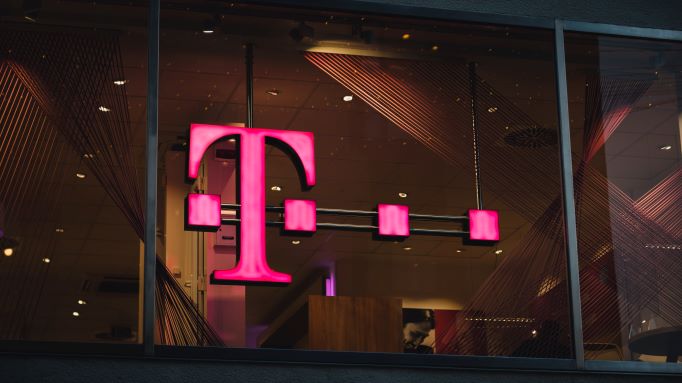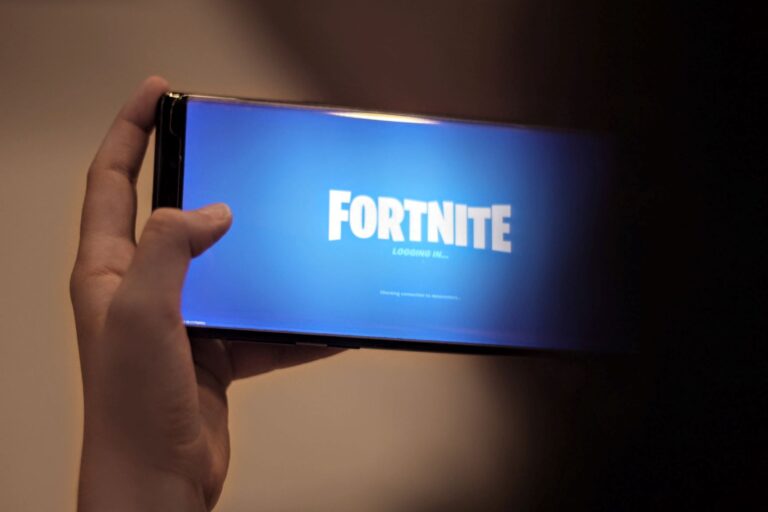Samsung and Apple Inc.’s seven-year legal battle over smartphone patents has finally reached a resolution. The companies agreed to an undisclosed settlement at the end of June, resolving the most prominent of several lawsuits, in which Apple alleged that Samsung had “slavishly” copied the design of Apple’s vaunted iPhone.
The cases played out around the world over almost a decade, costing millions in legal fees. What, exactly, did the legal wrangling accomplish? In this post, we look back at the history behind the lawsuits to understand their importance and impact.
A Brief History of the Case to Date
The first in a series of lawsuits and countersuits was filed in 2011, following Apple’s initial accusation that Samsung copied their iPhone design. As suits mounted, Apple hoped to block Samsung from selling their phones, but the focus quickly shifted to financial settlements as the initial technology became outdated.
Apple was awarded a $1.05 billion settlement by a San Jose, California jury in August 2012, who found that Samsung infringed on multiple Apple patents on mobile devices. Samsung appealed the decision, and in March 2013, Judge Lucy Koh determined that the jury had incorrectly calculated the settlement amount, invalidating $450 million of the $1.05 billion and ordering a retrial. The retrial saw Koh award $290 million to Apple in November 2013 – a decision Samsung appealed in March 2014.
The back and forth continued over ensuing years in various courts. In 2016, the Supreme Court ruled unanimously that Samsung would not have to give up $399 million in profits for copying design elements from the iPhone. The court’s decision found that liability in design patent cases is not always an all-or-nothing proposition, but neglected to offer a path forward, leading Apple and Samsung back into court to settle damages. Then, in May of this year, a jury in San Jose’s Federal District Court ruled that Samsung was responsible for a $539 million payment to Apple for copying patented smartphone features.
What Did the Lawsuits Accomplish?
The legal tug-of-war between two of the biggest companies in the world was closely watched for its implications regarding patent law. The question was not so much whether Samsung had infringed on patents—if there was one constant across myriad cases, it was that
Samsung had, indeed, copied from Apple. The question was, rather, if Samsung would owe Apple the total profits from a product that infringed on a design patent for patents that only encompassed a component of a product.
While Josh Rosenstock, an Apple spokesperson, declared victory in a statement, saying that the cases were “about more than money” and more about “[protecting] the hard work and innovation of so many people at Apple,” legal experts begged to differ. “[The lawsuits] didn’t really accomplish anything,” said Brian J. Love, a law professor at Santa Clara University who closely studied the case, to the New York Times. “Close to a decade of litigation, hundreds of millions of dollars spent on lawyers, and at the end of the day, no products went off the market.”
Without achieving a competitive advantage, what reads on paper as a win for Apple amounts to only a negligible financial victory, relative to the company’s $267 billion in existing cash reserves. “Apple can find better ways of earning hundreds of millions of dollars than fighting a decade-long lawsuit,” said Love.
The real winner may be Apple’s smartphone competitors. Technology companies have been increasingly wielding patents as weapons to discourage competition. Steve Jobs was famed for his belief that “…if someone at Apple can dream it up, then we should apply for a patent, because even if we never build it, it’s a defensive tool,” said Nancy R. Heinen, Apple’s general counsel until 2006.
Efforts to claim ownership of broad technological concepts have meant nasty (and confusing) legal disputes. Software can be written many ways to achieve the same end product, meaning vast legal gray areas with regard to ownership. Companies like Apple insist that patent-everything strategies are necessary to ensuring future innovation, arguing that patents incentivize technological developments by protecting the intellectual property that results from millions in research and development costs. Skeptics argue that tech giants enjoy such massive profits – Apple alone reaps almost $1 billion in sales per week on iPhone and iPhone-related products – that the approach does far more harm than good to competing companies.
Michael Carrier, a professor specializing in patent law at Rutgers Law School, told the New York Times that the most recent resolution between Apple and Samsung sets a legal precedent that even if a company is shown to infringe on some patents, the courts might not block the product if the patents at issue play a small role in the device. It is impossible to predict whether the Apple and Samsung resolution causes potential litigants to think twice before embroiling themselves in future disputes, but the takeaway is clear to Carrier: “The courtroom is not always the place to try to get ahead,” he said. “There’s always the trade-off between litigation and innovation, and in the time these companies spent in the courtroom, they weren’t innovating.”







